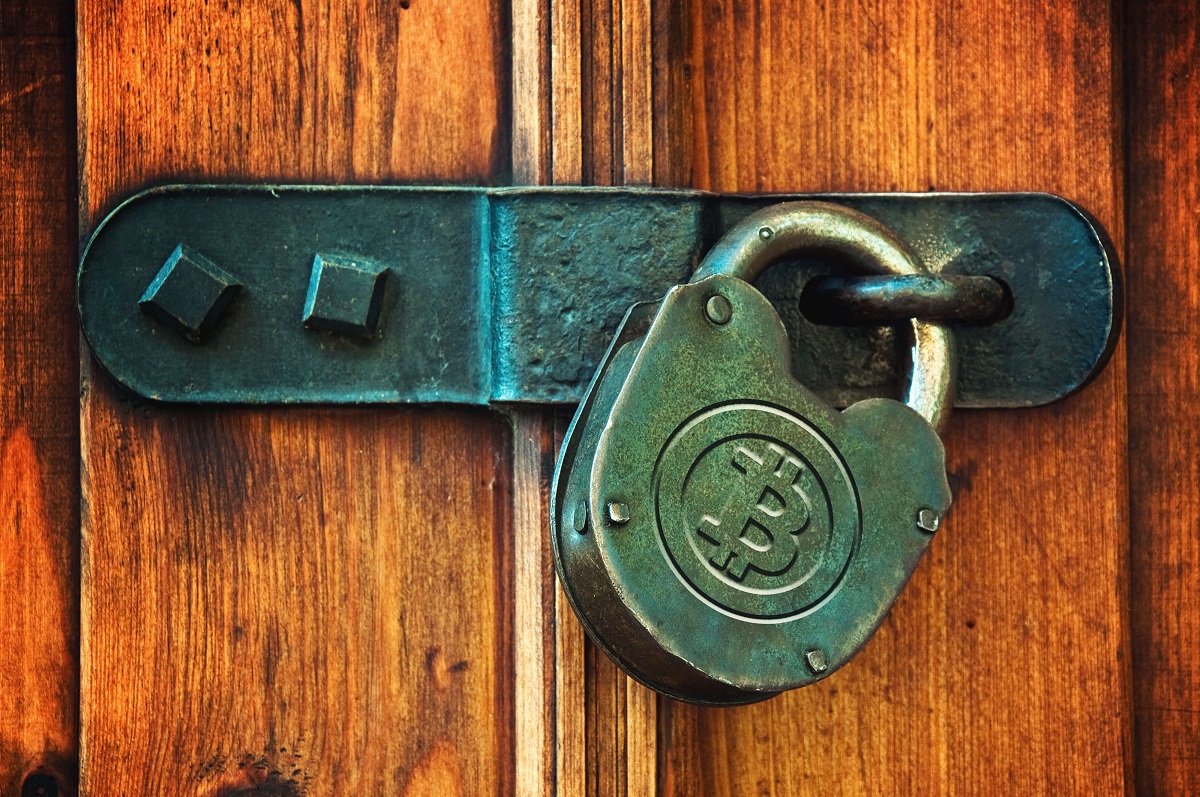The first ransomware attack happened in 1989. Although primitive by today’s standards, the concept was the same. The virus locked hard drive files, and users needed to pay $189 to “PC Cyborg Corporation” to get the repair disk.
Sound familiar?
Ransomware became a lot more sophisticated over the last thirty years. Nowadays, cybercriminals are quite fond of it. They use it to defraud individuals, organizations, and governments. They encrypt and thus lock a system, and the owner needs to pay up to get the access back.
Ironically, encryption is also one of the many tools you can use to fight back against hackers. But can it protect you from ransomware?
What Is Encryption?
Encryption is an ancient practice dating back to the days of Greece and Rome. The process involves switching information for bits of code. It can be as simple as swapping letters, e.g., A to B, B to C, and so on. Of course, nowadays, we have a lot more advanced encryption technologies. Once encryption is in place, everyone can see long strings of indecipherable code instead of your actual data. The only way to decipher encrypted data (switch it back to original form) is by using a correct key, usually a password.
Ransomware is a form of encryption, too. Cybercriminals gain access to your device and lock your system or files with encryption. The only way for you to access them is by inputting the right key. Of course, to infect your device in the first place, phishing attacks, viruses, or malware plays their part. But finishing it up with encryption and ransom request creates your standard ransomware attack.
Fighting Fire With Fire
Encrypting your files is like fighting fire with fire. Your computer contains vast amounts of crucial data. Work documents, photos, videos, downloaded content, and even core system components like your operating system. If a hacker penetrates your computer, everything becomes vulnerable.
When you use a file encryption service, hackers instead find locked files. It would take the extra effort to crack these files to access the content within. Since most cyberattacks are rather simple, hackers don’t even try to access separate files. Thus, encryption protects your files from being read or exposed. That can save a lot of money, especially if the files in question contain sensitive data. Such as business secrets, consumers’ data, and other materials that can have terrible consequences if leaked.
And files are not the only thing that you can encrypt. A virtual private network (VPN) encrypts your internet traffic. A password manager encrypts and stores your passwords. But when it comes to ransomware topic, file encryption is up for review.
Encryption and Comprehensive Security
File encryption indeed makes it extra tricky, if not impossible, for cybercriminals to access the contents of your data. But they can still put another layer of encryption on top of your encryption and request ransom. In this case, you lose access to your files just the same. Thus, to protect from ransomware, encryption works best as a small part of a comprehensive cybersecurity strategy.
Be Aware of What You Click
First things first, you should try to prevent being infected with ransomware in the first place. Cybercriminals package ransomware into links and downloads. They send phishing emails, pretending to be your friend or colleague. You click on the link, and you’re trapped.
Thus, the first step to protection is practicing “safe clicking.” Never click on a file or a link unless you know it’s safe. You can check links for free with VirusTotal and other online apps. Google also offers built-in scan tools for Gmail.
Always Have Backups
Most ransomware attacks could be thwarted without paying a single cent. How? One word ― backups. It may come as a surprise, but a massive number of organizations don’t have reliable backups. They have no option but to negotiate with cybercriminals.
Nowadays, both Windows and macOS have robust built-in backup features that you can program to run in the background. Not only it helps to avoid the consequences of ransomware but also hardware failure and other causes of data loss. For added security, backup to both the cloud and physical storage. Encrypt everything before you backup. You don’t want anyone to intercept files in the transfer.
Update Your Software
Make sure to update your apps and operating system. The easiest way to access someone’s devices and data is by exploiting software security flaws. Meanwhile, regular updates include critical security patches that are here to deal with some flaws. So, set updates to run daily and keep an eye on tech news to see if any urgent updates have appeared.
Can Encryption Protect You From Ransomware?
In short, yes and no. Encryption does protect your files from being exposed. But encryption alone cannot protect you from all consequences of ransomware. Hackers can encrypt the already encrypted data too. Thus, if file encryption is the only line of defense you have, you either pay or lose your files.
Thus, you should cover your bases. Be aware of how malware infects devices and be alert to avoid it getting to yours. This basic level of security creates a strong shield against ransomware and other threats. Only then combine encryption with secure backups, and you’ll not have to worry about somebody locking you out of your files.
About the Author: Harold Kilpatrick
 Harold is a cybersecurity consultant and a freelance blogger. His main interest is cybersecurity and the main goal is to raise awareness around the threats that people and businesses can face online.
Harold is a cybersecurity consultant and a freelance blogger. His main interest is cybersecurity and the main goal is to raise awareness around the threats that people and businesses can face online.


